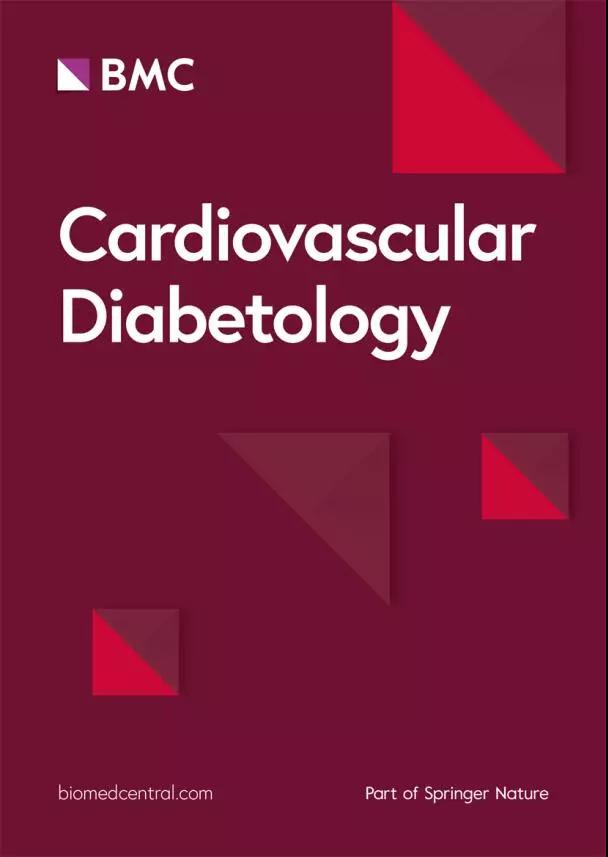Association between endothelial function and skin advanced glycation end-products (AGEs) accumulation in a sample of predominantly young and healthy adults
IF 8.5
1区 医学
Q1 CARDIAC & CARDIOVASCULAR SYSTEMS
引用次数: 0
Abstract
In populations with chronic disease, skin autofluorescence (SAF), a measure of long-term fluorescent advanced glycation end-products (AGEs) accumulation in body tissues, has been associated with vascular endothelial function, measured using flow-mediated dilation (FMD). The primary aim of this study was to quantify the relationship between endothelial function and tissue accumulation of AGEs in adults from the general population to determine whether SAF could be used as a marker to predict early impairment of the endothelium. A cross-sectional study was conducted with 125 participants (median age: 28.5 y, IQR: 24.4–36.0; 54% women). Endothelial function was measured by fasting FMD. Skin AGEs were measured as SAF using an AGE Reader. Participant anthropometry, blood pressure, and blood biomarkers were also measured. Associations were evaluated using multivariable regression analysis and were adjusted for significant covariates. FMD was inversely correlated with SAF (ρ = -0.50, P < 0.001) and chronological age (ρ = -0.51, P < 0.001). In the multivariable analysis, SAF, chronological age, and male sex were independently associated with reduced FMD (B [95% CI]; -2.60 [-4.40, -0.80]; -0.10 [-0.16, -0.03]; 1.40 [0.14, 2.67], respectively), with the multivariable model adjusted R2 = 0.31, P < 0.001. Higher skin AGE levels, as measured by SAF, were associated with lower FMD values, in a predominantly young, healthy population. Additionally, older age and male participants exhibited significantly lower FMD values, corresponding with compromised endothelial function. These results suggest that SAF, a simple and inexpensive marker, could be used to predict endothelial impairment before the emergence of any structural artery pathophysiology or classic cardiovascular disease risk markers. The study was prospectively registered with the Australian New Zealand Clinical Trials Registry (ACTRN12621000821897) and concurrently entered into the WHO International Clinical Trials Registry Platform under the same ID number.在一个以年轻健康成年人为主的样本中,内皮功能与皮肤高级糖化终产物(AGEs)积累之间的关系
在患有慢性疾病的人群中,皮肤自发荧光(SAF)是衡量身体组织中长期荧光高级糖化终产物(AGEs)积累的一种指标,它与使用血流介导的扩张(FMD)测量的血管内皮功能有关。本研究的主要目的是量化普通人群中成年人血管内皮功能与 AGEs 组织积累之间的关系,以确定 SAF 是否可用作预测血管内皮早期损伤的标志物。该研究对 125 名参与者(中位年龄:28.5 岁,IQR:24.4-36.0;54% 为女性)进行了横断面研究。内皮功能通过空腹 FMD 进行测量。使用 AGE 阅读器测量皮肤 AGEs(SAF)。此外,还测量了参与者的人体测量、血压和血液生物标志物。通过多变量回归分析评估了两者之间的关联,并对重要的协变量进行了调整。FMD与SAF(ρ = -0.50,P < 0.001)和实际年龄(ρ = -0.51,P < 0.001)成反比。在多变量分析中,SAF、实际年龄和男性性别与 FMD 减少独立相关(分别为 B [95% CI];-2.60 [-4.40, -0.80];-0.10 [-0.16, -0.03];1.40 [0.14, 2.67]),多变量模型调整 R2 = 0.31,P < 0.001。在以年轻人为主的健康人群中,通过 SAF 测量的较高皮肤 AGE 水平与较低的 FMD 值相关。此外,年龄较大的男性参与者的 FMD 值明显较低,这与内皮功能受损有关。这些结果表明,在出现任何动脉结构性病理生理学或典型的心血管疾病风险标记物之前,SAF 这种简单而廉价的标记物可用来预测内皮功能受损。该研究已在澳大利亚-新西兰临床试验注册中心进行了前瞻性注册(ACTRN12621000821897),并同时以相同的 ID 编号进入了世界卫生组织国际临床试验注册平台。
本文章由计算机程序翻译,如有差异,请以英文原文为准。
求助全文
约1分钟内获得全文
求助全文
来源期刊

Cardiovascular Diabetology
医学-内分泌学与代谢
CiteScore
12.30
自引率
15.10%
发文量
240
审稿时长
1 months
期刊介绍:
Cardiovascular Diabetology is a journal that welcomes manuscripts exploring various aspects of the relationship between diabetes, cardiovascular health, and the metabolic syndrome. We invite submissions related to clinical studies, genetic investigations, experimental research, pharmacological studies, epidemiological analyses, and molecular biology research in this field.
 求助内容:
求助内容: 应助结果提醒方式:
应助结果提醒方式:


